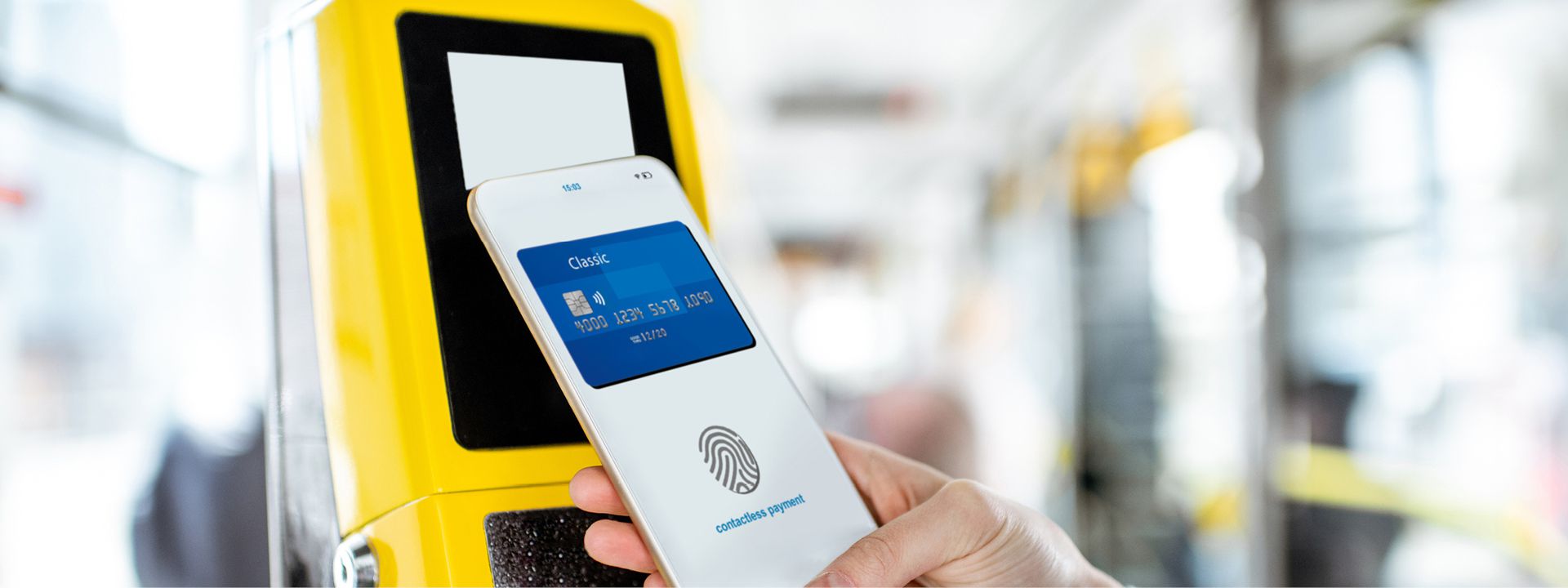For domestic schemes, open payments in transit are an urgent priority. As a game-changer with the potential for increased revenue, enhanced customer loyalty, and innovative leadership, the benefits are too significant to ignore. Domestic schemes need to prioritize this to remain competitive and relevant in the market.
The benefits.
The mass transit market is characterized by a huge volume of daily taps on fare gates and ticket validators. By tapping into the mass transit market, domestic schemes can increase their transaction volumes and revenue. In addition, open payments offer a seamless experience where customers can just tap and ride, meeting expectations for convenient and frictionless transit payments. Allowing customers to use contactless payments in transit, in addition to their use in retail, provides them with the ability to use the same payment method everywhere. This consequently increases customer loyalty. By extending their payment services and offering a unique and straightforward means of payment, domestic schemes can also attract new customers, increase market share, and create new business opportunities.
Open payments also allow for the development of new added value services, which is a great way to stay ahead of the competition. This provides a company with the opportunity to demonstrate its commitment to innovation by simplifying the transit fare payment process, providing incentives, and integrated services at the best cost. Beyond mass transit payments, domestic schemes can also extend their integrated payment services to in-car payments. Paying for fuel, car charging, road tolls or parking can all be more easily connected for more efficient mobility.
Finally, it's essential to ensure compliance with payment sovereignty policies. A critical success factor for open payments is to ensure consumer trust with reasonable fare calculation and strong transaction security. Payment audits and reimbursement capabilities are compulsory for fraud management.
Getting started.
In today's rapidly evolving market, domestic schemes cannot afford to ignore the potential benefits of open payments, and at scale, for extended mobility with in-car payments. By following the seven-step roadmap outlined below, they can successfully implement this game-changing technology and tap into its vast potential.
Step 1: Analyze the market.
The first step is to identify the priority cities, transport authorities, and transport operators that could benefit from open payments powered by domestic schemes. This involves analyzing the market to determine the potential for growth, identifying the target audience, and understanding their needs.
Step 2: Ensure stakeholders are aligned.
The second step is to ensure payment industry stakeholders are aligned, especially issuing and acquiring banks. This is essential to properly manage open payment requirements and constraints, as well as assessing the risk management policy. This step involves establishing clear communication channels between stakeholders, including payment service providers, transit authorities, and operators.
Step 3: Identify the evolution of payment schemes.
The third step is to navigate the evolution of the payment scheme specifications to correctly integrate open payment use cases and assess the impact on existing transaction processing systems. This step involves understanding the implications of open payments for the wider payment industry and identifying the necessary changes to payment scheme specifications.
Step 4: Consolidate the business case.
The fourth step is to consolidate the business case to assess the investments, funding models and fees policy to identify the best trade-off for a quick market uptake. This step involves analyzing the potential costs and benefits of implementing open payments for all stakeholders.
Step 5: Release new specifications and certification frameworks.
The fifth step is to release new specifications and certification frameworks to support terminal and ticketing solution providers, payment gateways, and acquiring suppliers in their integrations. This step involves creating new technical guidelines and test frameworks to ensure that open payments in transit are correctly implemented and integrated with existing systems.
Step 6: Upgrade payment network processing systems and infrastructure.
The sixth step is to upgrade payment network processing systems. It is also important to anticipate infrastructure changes to allow the acceptance of a higher number of transactions and to setup scaling capabilities for optimized operational costs. This step involves investing in the necessary infrastructure and technology to ensure that open payments can handle high transaction volumes.
Step 7: Build partnerships for pilot projects and monitor the deployment roadmap.
The final step is to build partnerships for pilot projects to launch the first implementations and communicate on system change and success. This step involves establishing partnerships with key stakeholders and working together to develop pilot projects. Additionally, it's essential to monitor the deployment roadmap with key stakeholders to steer innovation and ensure rapid revenue.

Seizing the opportunity.
The benefits of open payments are clear: increased revenue, enhanced customer loyalty, new customer acquisition and added value services. The time to act is now, and domestic schemes must seize this opportunity to remain competitive, innovative, and relevant in the market.

